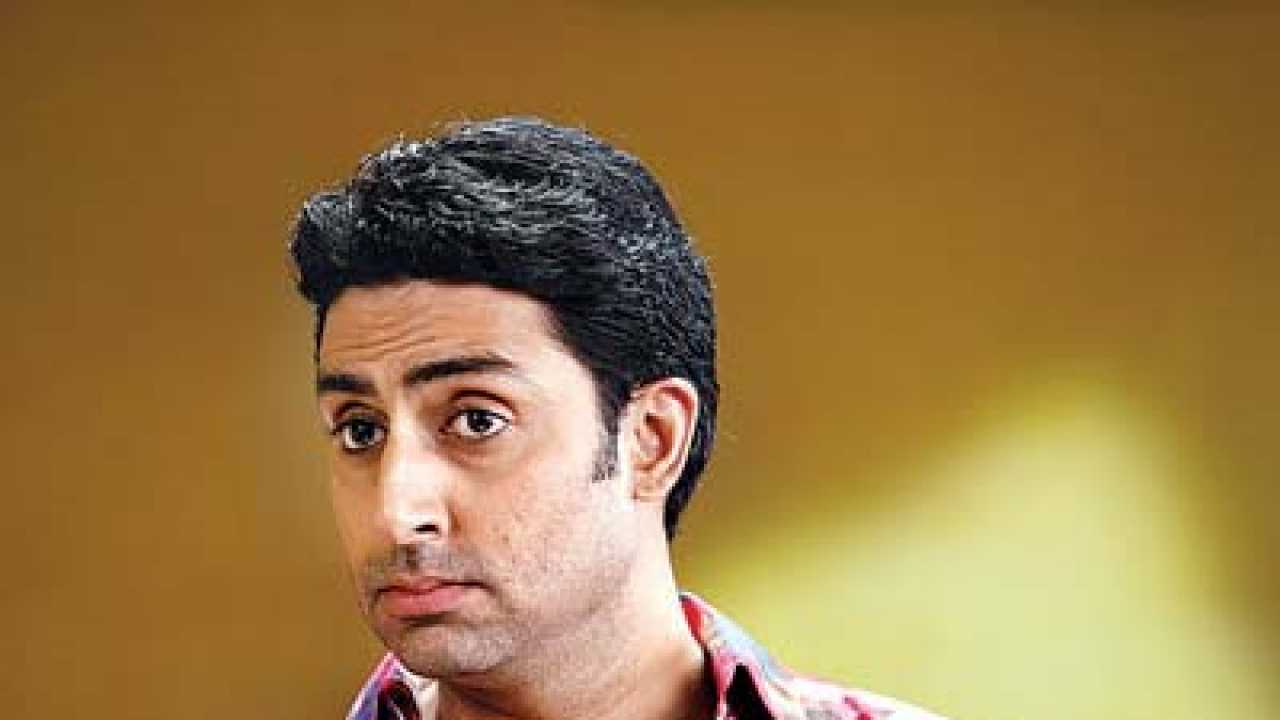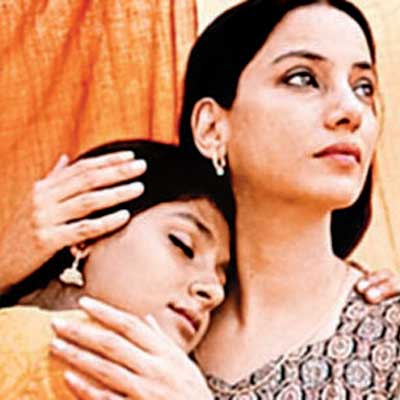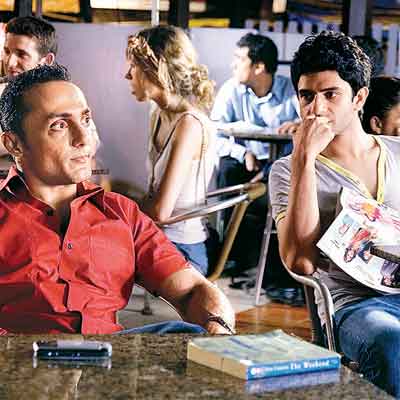
At a recent Gay and Lesbian Center gala held in LA, studio mogul (Sony Pictures) Amy Pascal, in her speech highlighted the stereotypical depiction of LGBT (lesbian, gay, bisexual and transgender community) characters in Hollywood films. She insisted that studio bosses scrutinise and make an attempt to eliminate gay slurs.
She said, “How about next time, when any of us are reading a script and it says words like fag, faggot, homo, dyke — take a pencil and just cross it out.” The studio honcho also pointed out that not every gay character on screen needed to be defined by his or her sexuality. She quipped, “Can’t we depict men and women who just so happen to be gay — perhaps a lawyer or soldier or business executive or scientist or engineer…”
While the issue was raised about the depiction of LGBT characters in Hollywood, things are as bad, if not worse in Bollywood.
No laughing matter this!

Filmmakers in popular cinema here continue to use characters of alternate sexuality seeped in stereotypical images as crutches to provide comic relief. Few will forget Kantaben’s shocked expression on seeing Saif Ali Khan and Shah Rukh Khan in bed together in Kal Ho Naa Ho or Abhishek Bachchan’s effeminate act in Bol Bachchan. John Abraham’s flirty act with Boman Irani’s character in Dostana had the audience in splits, all at the expense of the gay characters/community.
More recently, Rishi Kapoor’s character in Student of the Year lusting after Ronit Roy’s character, was used to provide laughs. Insensitive? Yes, says film critic and columnist Rajeev Masand. He asserts that more often than not, mainstream popular cinema is cruel while depicting alternate sexuality, “Many of our films legitimise gay slurs. While it would be okay to show funny people who happen to be gays, it’s marginalising the LGBT community by making their sexuality the laughing matter, which is what happens in our movies and that is not amusing.”
Shun stereotypes
Trade analyst Komal Nahta too agrees, “Making jokes at the expense of alternate sexual preferences is the norm in Bollywood. Several films here often have that one ‘gay’ character in a two- minute role — either having a crush on the hero or being over the top effeminate, shown biting the lip, dressed outlandishly and lusting after another guy. Films like Girlfriend, also stereotype lesbians. This creates a wrong perception about people from the LGBT community.
One almost always expects a man with alternate sexuality to be effeminate with peculiar mannerisms, which is not really the case.”
Need to normalise!
Echoing Pascal’s words, Masand says that the need of the hour is to normalise characters shown belonging to this community, “A segment of the industry might feel that by depicting such characters in their films they have actually brought them out of the closet. This is not completely untrue, as people today are at least talking about it. However, what would really make the right impact is showing such characters as normal as possible. Why can’t it be the hero’s hunky best friend who happens to be gay and not be the laughing stock of the buddy group?”
Switching tracks

To be fair, there has been some change in the manner a gay character is depicted in our films, but those have mostly been seen in alternate cinema. While the mainstream filmmakers continue to stereotype characters with different orientation, filmmakers like Onir and actor-director Rituparno Ghosh (Memories in March) are making changes through their cinema, and by being open about their preferences. Shabana Azmi who kissed co-star Nandita Das in Fire, says, “That gay characters are being featured at all is a sign of progress, but it’s when you can laugh at someone without offending them that’s real maturity. We are still to reach that stage. But at least they’ve been spared malice in our films.”
‘Reel’y tough

Onir whose films like My Brother Nikhil and I Am put the focus on the issues faced by the LGBT community feels disillusioned by the industry when it comes finding the support to release such films, “Despite winning a National Award, I don’t think I will ever make a film like I Am again. My experiences of seeing it through till its release have left me disappointed. Selling the films to studios, finding exhibitors, distributors, channels have really left a bitter taste. TV channels are apprehensive in willing to buy the satellite rights of the film. And it is wrong of them to blame it on the audience or to claim that the controversial nature of the film will scare them away. The audience is ready for such films, the sellers in the market are not.”
We have regressed!
Onir believes that the film with a gay character as protagonist may not earn as much as a regular commercial one, but such films do have an audience and it’s unfair to not let these films reach the audience. He points out that Salaam Bombay which released more than two decades ago was given a U/A certificate even though it showed prostitution, while his film got an A certificate and that too after more than a dozen cuts, “only goes to show how regressive we have gotten as a society.”
Victimisation?
Onir however refuses to consider it victimisation. “Look at the way any minority is depicted in Bollywood, why only the LGBT community. Be it women or people from a particular region, everyone is stereotyped here. Mainstream cinema mocks all kinds of minority. So I wouldn’t say that the community is victimised, even though the insensitive depiction can be damaging.”
Casting ouch
Rajeev Masand points out that while character actors seem comfortable playing gay characters, most mainstream heroes are still not ready for it. “Image is a big deal here and nobody is willing to risk it. That’s why they may agree to play pretend-gays on screen, but none of them are willing to play real gay characters like say Tom Hanks or Antonio Banderas did in Philadelphia. Playing an out-and-out gay character is a risky proposition for them, as they feel that people may start associating their characters to their real selves.”
A quick nod to Irrfan Khan, Rahul Bose, Purab Kohli, Sanjay Suri, Harsh Chhaya and Sameer Soni who have essayed such characters. Rahul was in fact, one of the first ones to play a full-fledged gay character in the 1996 film Bomgay. There are several incidences, filmmakers can vouch for, when Bollywood stars on being approached for a gay role have blushed and turned visibly uncomfortable at the mention.
50 shades of gay!
According to a source, Mere Dad Ki Maruti actor Saqib Saleem will be playing gay in Karan Johar’s segment of Bombay Talkies, as will Randeep Hooda. “It’s risky for a newbie, but the fact that he is willing to take it shows that things are not all that bleak in Bollywood,” says the source.
Purab, who had played a gay character in My Brother Nikhil, explains why playing such characters is not without risk. “Post the film, I got many roles on the same lines, so there is a fear of getting typecast. That my character was gay was incidental for me. The film was about relationships and emotions, so big deal if my partner was a man. Besides, Onir had a script that told a story, which is what attracts any actor. There was a respectability that came with the role. I didn’t have anyone mocking me or relating that to my real life at all.”
Changing times
Madhur Bhandarkar, whose films Page 3 and Fashion had broken away from the stereotypical images of gays, says that there’s a gradual change in the way such characters are being accepted in films. Citing examples of Honeymoon Travels Pvt Ltd and Life in a Metro, he adds that there are filmmakers who tackle the topic realistically without sensationalising it or reducing characters to caricatures, even though they stick to mainstream commercial formats. Madhur says, “Today seeing such characters in our films doesn’t raise eyebrows. And even if the depiction is debatable at least the presence is felt. So I look at this as a positive sign. The change will not be overnight, but at least people are acknowledging it. So, I think it’s a scenario changing for the better.”